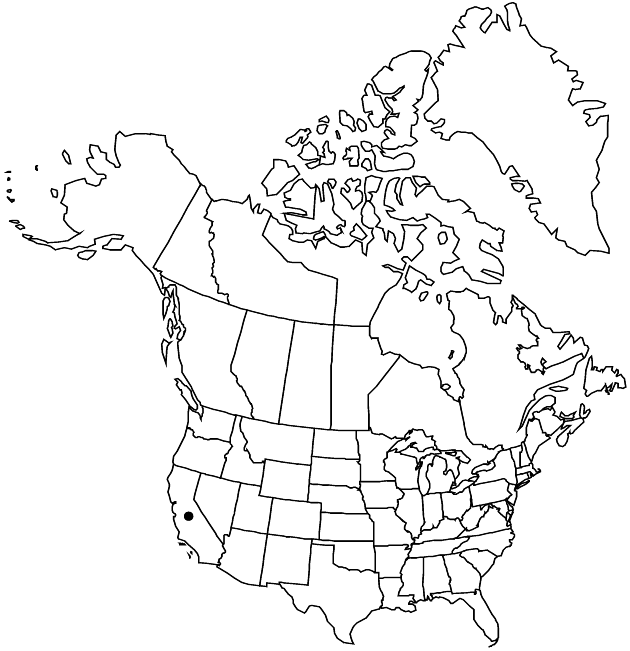Erigeron supplex
Proc. Amer. Acad. Arts 7: 353. 1868.
Perennials 15–40 cm; taprooted (taproots/primary-axes usually not evident or not collected), forming systems of relatively slender, rhizomelike caudex branches. Stems ascending, sparsely spreading-hairy, eglandular. Leaves cauline; proximal blades narrowly oblanceolate, 40–80 × 4–7 mm, gradually reduced and linear distally (bases not clasping), margins entire, ciliate, faces glabrous or glabrate, eglandular. Heads (discoid) 1 (– 2). Involucres 7–11 × 14–20 mm. Phyllaries in 2–3 series, sparsely to densely villoso-hirsute, densely minutely glandular. Ray (pistillate) florets 0. Disc corollas 4.7–7 mm. Cypselae 1.8–2.2 mm, 2-nerved, faces sparsely strigose; pappi: outer of setae, inner of 17–30 bristles.
Phenology: Flowering May–Aug.
Habitat: Coastal areas, bluffs, meadows
Elevation: ca. 50 m
Discussion
Of conservation concern.
Selected References
None.
